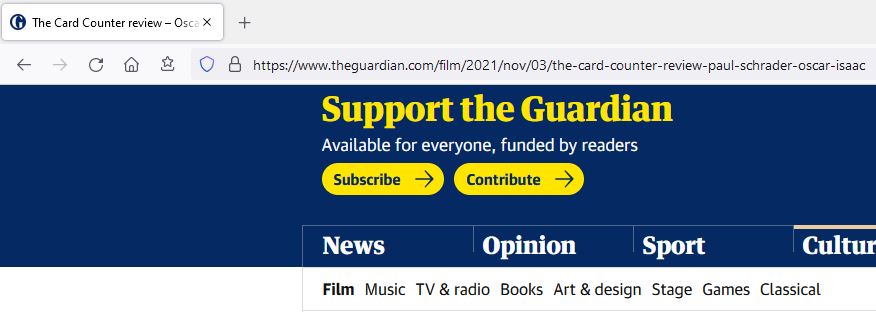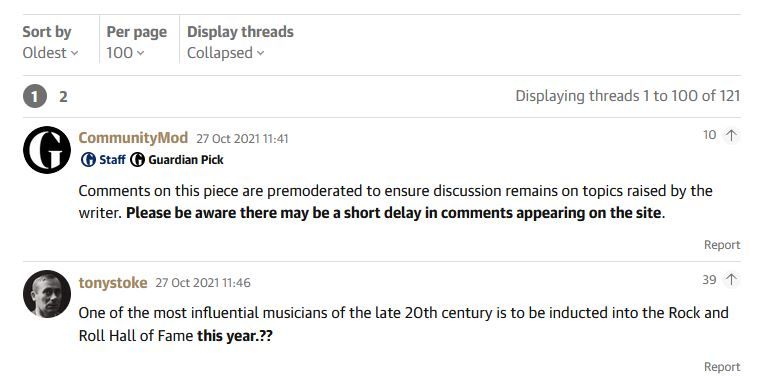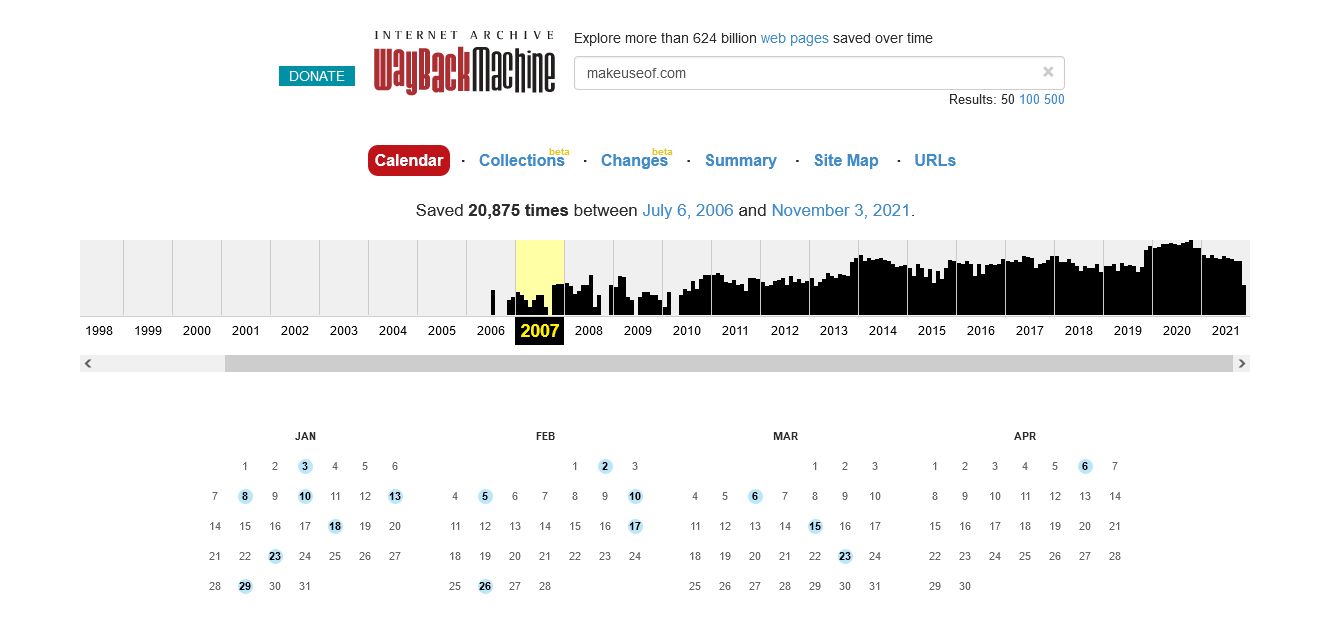Sometimes, online articles don’t display the date they were first published. That's frustrating when you need to cite that content or verify how recent it is, especially for academic purposes.
There are various reasons why content might not show a publication date. Maybe the blogger has removed it so that you don't think their work is outdated. Or maybe the website simply isn't designed to show the publication date, perhaps so it's always able to pass as new.
Whatever the reason, sometimes you need to know the date of publication. As such, here are some simple methods to help you figure out when that content was born, even if it's just a rough date.
1. Look at the Byline
This is an obvious one, but first check that the date isn't displayed anywhere on the page. It'll usually be near the top of the post, perhaps alongside the author's byline. Some publications may place it at the end of the article.
If you're lucky, the page will display two dates: one of the original publication and the second of when it was updated (if applicable).
2. Check the URL
Many websites display the date of publication within the URL for the page. This is especially true of blogs and news sites, where content is published regularly and relevancy is important.
Look in your browser's address bar to see if the URL is structured to show the date. In the screenshot example above from The Guardian, the date of November 3, 2021, is represented in the URL by /2021/nov/03.
Something to be aware of is that these are often permalinks—URLs that intend to remain the same indefinitely. As such, even if the page is updated, the URL will remain the same.
3. Read the Comments
If you’re dealing with content from a popular source, the comments will usually have started on the day of publication, or thereabouts. Scroll to the bottom of the page, and find the oldest comment. This will give you a good gauge for when that article first went live.
If the comment doesn't display the exact date, but rather something like "438 days ago", you can quickly find out what that means by typing it into Wolfram Alpha.
4. Analyze the Images
Along with looking at the URL of the page, you can also look at the URLs of any images within the article. Note those last words are important; there's no point looking at the URL of a generic image on the page, like the logo, since it'll be used across the entire website.
When you've found a suitable image, right-click it and click Open Image in New Tab. Then check the URL bar, using the advice detailed in tip one.
However, this can be unreliable for a handful of reasons:
- The image was uploaded before the article's publication.
- The image wasn't specifically uploaded for the article you're looking at.
- The image is stored externally or in a generic image library.
Nonetheless, using this technique alongside the others can be a good way to double-check the date.
5. Check the Source Code
Even though a page's publication date isn't front-facing, it doesn't mean the site isn't storing that data. As such, it's worth checking the page's source code to see if you can unearth anything. To do this, right-click the page and click View page source (the exact wording may differ depending on your browser).
Source code isn't designed to be read by the average person, so you may have a hard time understanding what you're looking at. To help you out, search the document for terms like "date" or "publication" or similar. This might take you to a tag within the source code which denotes when the page was published.
6. Search Google
Sometimes, Google can figure out when something was publishing by scanning a page's HTML. If so, it'll include it in the search results. Simply copy the article's URL and Google search it. The date displays beneath the title of the page.
Take note that this date isn't guaranteed to be correct. It can be the date of when Google last noticed an update to the page, which isn't necessarily the same as the original publication date. Nonetheless, for static articles and blog posts, this date is usually pretty reliable.
7. Use The Wayback Machine
Internet Archive’s Wayback Machine is a service that archives the web. It's constantly scanning the entire internet, finding pages, and archiving them in the system. It not only does this for new pages, but whenever those pages update too.
This means that you can type a URL into the Wayback Machine and get a rough idea of when the page went live. You can also see how the page has changed over time. This is very useful for when you need to prove that something was on a page on a specific date.
The earliest date displayed on the Wayback Machine will be an indicator as to when, roughly, that content was published. It's not exact because the Wayback Machine won't always archive something on the day of publication or change.
Reference and Cite Websites With Ease
Use all of these tips together and you should be able to figure out the rough publication date of an article, if not the exact one. If you still don't have any luck, you could try to contact the website in question. They may be willing to oblige your question.
For historical accuracy, it's extremely important to know when something was published. When the world moves at such a fast pace, information can become outdated quickly; knowing the date of publication can alleviate this. It's also vital when citing pages in academic essays and papers.







